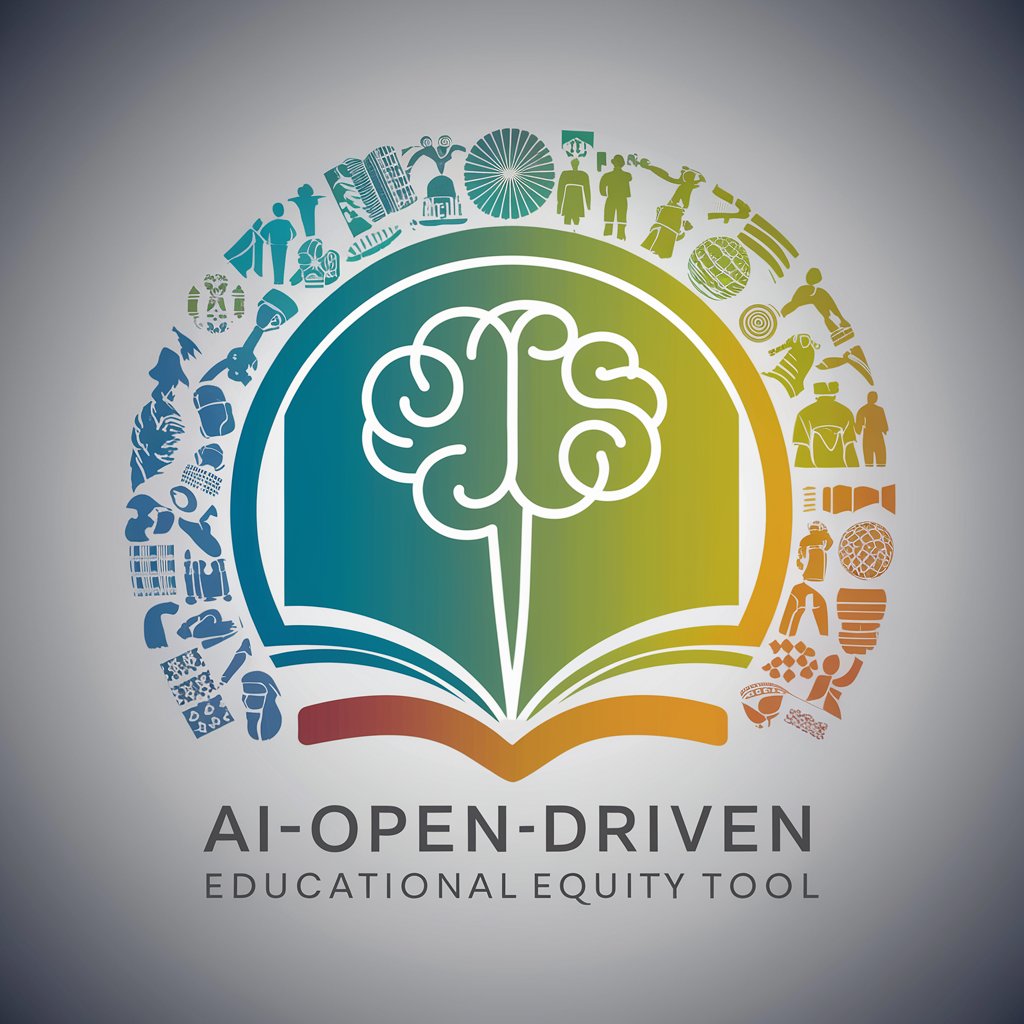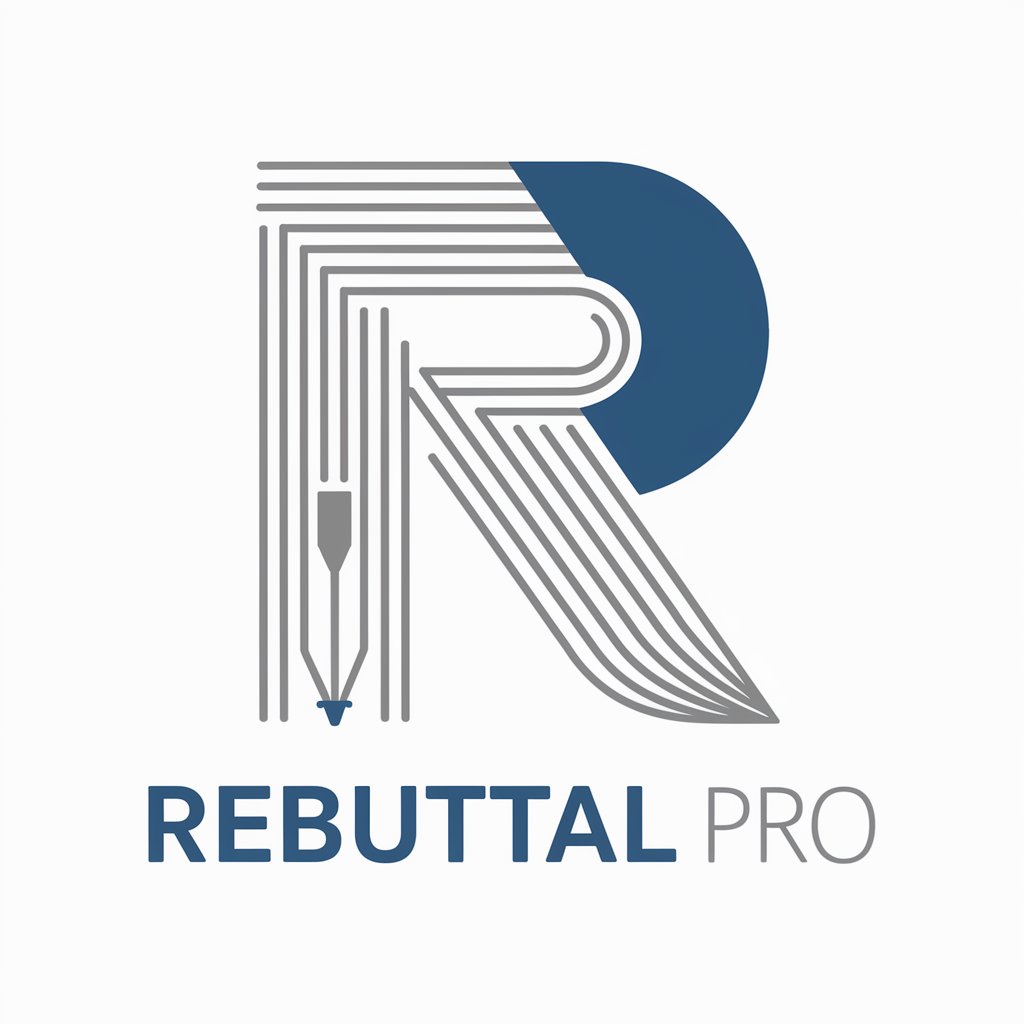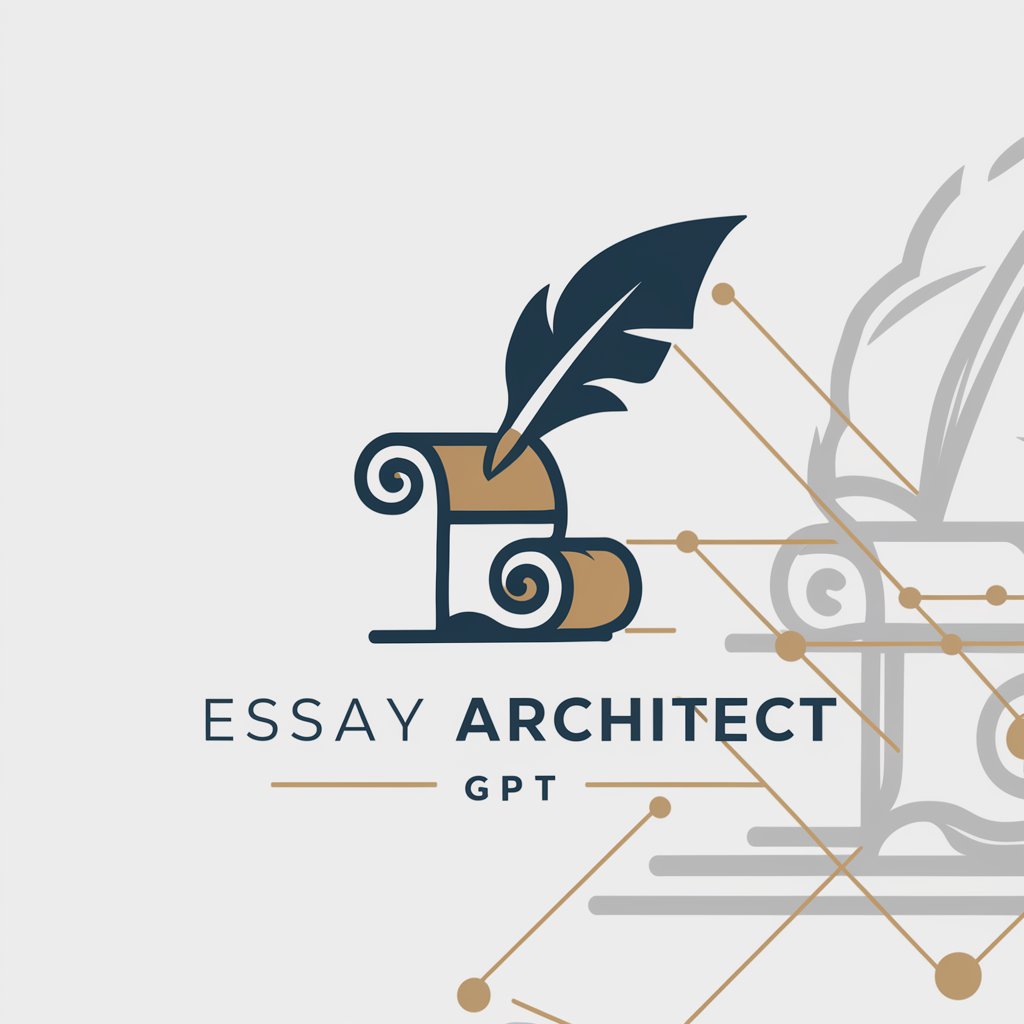
Educational Equity GPT - Inclusive Educational Analysis Tool

Welcome! Let's work together to advance educational equity and inclusion.
Empowering Education with AI-Driven Equity
How can we ensure equitable resource allocation across diverse school districts?
What are the best practices for creating an inclusive curriculum?
How can AI be used to support diverse learning needs in the classroom?
What strategies can help address implicit biases in educational decision-making?
Get Embed Code
Educational Equity GPT Overview
Educational Equity GPT is a specialized AI tool designed to analyze and enhance educational policies, practices, and resources through an equity-focused lens. It aims to identify biases, suggest improvements, and support the creation of inclusive and diverse learning environments. This tool is particularly adept at reviewing school policies, curriculum designs, and teaching methods to ensure they align with principles of diversity, equity, and inclusion (DEI). It also assists in equitable resource distribution, particularly in marginalized communities, by analyzing specific data or policy documents. Moreover, Educational Equity GPT aids in curriculum development, ensuring that it is inclusive, culturally responsive, and representative of diverse perspectives. A core aspect of its functionality is to provide decision-making support for educators and administrators, aligning classroom management and district strategies with DEI principles. Powered by ChatGPT-4o。

Key Functions of Educational Equity GPT
Policy and Practice Analysis
Example
Reviewing a school district's disciplinary policies to identify and address any implicit biases that may disproportionately affect students from marginalized communities.
Scenario
A school district notices a higher suspension rate among students of color. Educational Equity GPT analyzes the disciplinary policies and suggests implementing restorative practices to address this disparity.
Resource Allocation Guidance
Example
Advising on the distribution of educational resources to ensure equitable access for all students, particularly those in underfunded schools.
Scenario
A district is allocating new technology resources. Educational Equity GPT assesses student demographics and current resource distribution to recommend allocation strategies that prioritize underserved schools.
Curriculum Development Support
Example
Assisting in the redesign of a history curriculum to include diverse historical perspectives and contributions from various cultures.
Scenario
A school recognizes the lack of representation in its history curriculum. Educational Equity GPT reviews the curriculum and suggests incorporating modules on diverse cultural histories and significant figures from various backgrounds.
Informed Decision-Making Assistance
Example
Providing insights for DEI-aligned decision-making, such as adopting inclusive language in school communications.
Scenario
An educator is developing a newsletter for parents. Educational Equity GPT reviews the draft, ensuring the use of inclusive language and highlighting diverse family structures.
Target User Groups for Educational Equity GPT
Educators and School Administrators
This group includes teachers, principals, and district leaders who are directly involved in shaping educational experiences. They can utilize Educational Equity GPT to develop inclusive curricula, analyze school policies, and create equitable learning environments.

Guidelines for Using Educational Equity GPT
1
Visit yeschat.ai for a free trial without login, also no need for ChatGPT Plus.
2
Select the 'Educational Equity GPT' option to initiate the specialized chat interface focusing on educational equity and inclusivity.
3
Upload any relevant educational policy documents, curriculum designs, or teaching materials for analysis and feedback.
4
Pose questions or scenarios related to educational equity, resource allocation, curriculum development, or decision-making in education.
5
Review and apply the tailored suggestions and analyses provided, focusing on fostering inclusivity and equity in educational environments.
Try other advanced and practical GPTs
Boagworld UX Consultant
Harness AI for Enhanced User Experience Insights

Prof Elrich von Richtofen
Elevating Academic Excellence with AI

Rebuttal Pro
Empowering Your Research Responses with AI

Essay Architect
Crafting Essays with AI Excellence

Tinder Profile Pic Advisor
Empower Your Profile with AI-Powered Photo Insights

Vegan Richa Recipes
AI-Powered Vegan Culinary Guide

Giftify
AI-Powered Personalized Gift Finder

Story Weaver
Bringing Stories to Life with AI

TrainWtihCBUM
Elevate Your Fitness Journey with AI

Prompt Engineer
Elevate AI Responses with Smart Prompting

AI Course Architect
Crafting AI Learning, Simplified.

Grey's Simulator
Revolutionizing Medical Learning with AI

Educational Equity GPT: Detailed Q&A
How does Educational Equity GPT support diversity and inclusion in curriculum design?
Educational Equity GPT aids in curriculum design by analyzing existing materials through an equity lens. It identifies areas lacking in diversity and inclusivity, suggesting improvements to incorporate diverse perspectives and culturally responsive content.
Can this tool help in identifying biases in school policies?
Absolutely. The tool reviews school policies to identify potential biases, especially those that may inadvertently disadvantage marginalized groups. It suggests modifications to promote fairness and inclusivity.
How does Educational Equity GPT assist in resource allocation for schools?
It advises on equitable distribution of resources, focusing on the needs of marginalized communities. By analyzing school or district data, it helps in strategizing resource allocation to ensure all students have equal opportunities for success.
In what ways can this tool aid teachers and administrators in decision-making?
Educational Equity GPT assists in making DEI-aligned decisions, offering insights on classroom management, curriculum choices, and broader strategic decisions, ensuring they are inclusive and equitable.
Can Educational Equity GPT help in enhancing teacher training programs?
Yes, it recommends professional development strategies focused on DEI. By analyzing current training materials, it suggests enhancements to better equip educators in creating inclusive and equitable learning environments.